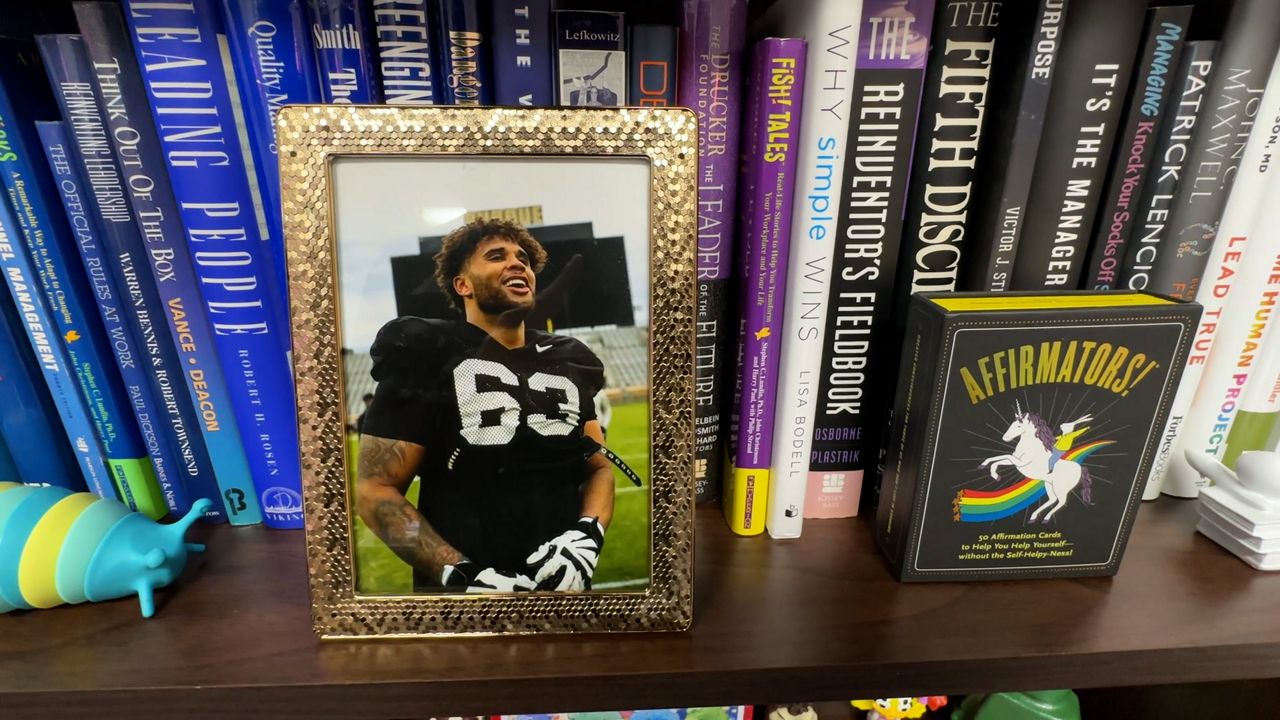MILWAUKEE — The University of Wisconsin-Milwaukee has been fundraising for a new vessel to expand their research of the Great Lakes even further.
Max Morgan is the captain of the Neeskay, which is the only year-round research vessel on the Great Lakes. The boat is owned by UWM’s School of Freshwater Sciences. It takes students out on the water to study the life and health of Lake Michigan.
“We are trying to demonstrate some basic principles of science to the class,” said Morgan.
While he’s been the boat’s captain for two years, the Neeskay has been around since the 1970s. That’s why the university is fundraising for its replacement, the Maggi Sue.
“The Neeskay is a solid ship, but she is a little out of date,” said Morgan. “It was built in 1953. Times are changing. Technology has come a long way and there is so much more out there that would better suit us as a vessel for the school.”
Until the new vessel is available, the Neeskay is still a valuable resource for students, such as Wilson Tarpey, who’s taking an Aquatic Ecosystems Dynamics course.
“[We are] water sampling for our phosphorus group that is going to look at phosphorus concentration in the water,” said Tarpey. “Another group is going to look at heat and light, so we are going to measure things like evaporation, and water temperature as we go down and up.”
Harvey Bootsma is the professor of that class. He said it’s important for his students to get a true understanding of what’s going in the lake. However, the Neeskay is limited in its capabilities.
“We can only go out for daytime excursions,” said Bootsma. “We can’t really do multi-day trips. But if you are working on a lake as large as Lake Michigan, you don’t want to work just right around Milwaukee. You need to study the whole lake and that means multiple days on the lake.”
Morgan said thanks to several generous donations since 2019, UWM has been able to raise $17 million of the $20 million it needs to buy and build the Maggi Sue.
“We will have a larger galley to get some food,” said Morgan. “We will have a full classroom built into it, so instead of taking all of their samples back, students can stay out longer, and they can do that kind of stuff on their way back to land, which gives them a more realistic sense of what might happen when they get into the field.”
Morgan said he looks forward to the expanded opportunities and research the Maggi Sue will offer.











